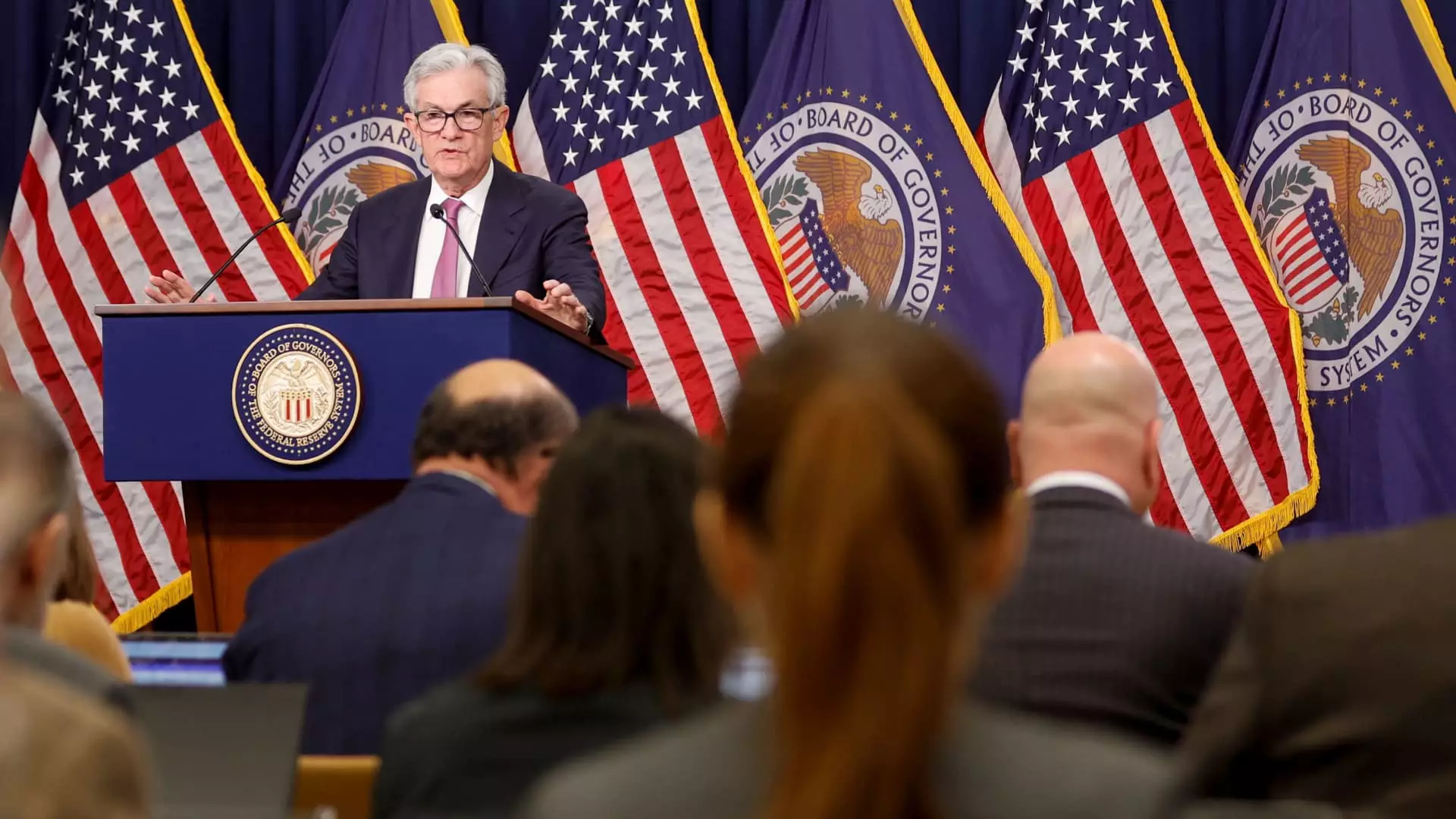In 2024, the Federal Reserve made headlines by lowering its interest rate target three times, prompting many Americans to hope for a decrease in mortgage rates. However, experts suggest that these anticipated reductions may not materialize as quickly as hoped. Jordan Jackson, a global market strategist at J.P. Morgan Asset Management, articulates a prevailing sentiment among analysts: “The best-case scenario is for mortgage rates to hover around six and a half to seven percent.” This stance highlights a growing frustration among potential homeowners who are waiting for a more favorable environment to secure mortgages or refinance their existing loans.
While it is widely acknowledged that Federal Reserve policies have a hand in shaping mortgage rates, it is crucial to recognize that these rates are more intricately connected to the long-term borrowing rates associated with government debt, notably the 10-year Treasury note yield. This yield has been trending upward, primarily driven by investor expectations regarding possible fiscal expansions that could emerge from future government policies in 2025. As investors shift their focus to these long-term implications, the dynamics governing mortgage rates shift as well, leading to less predictable outcomes for prospective homebuyers.
The Federal Reserve’s approach during the pandemic involved massive purchases of mortgage-backed securities aimed at stabilizing the economy. This method, termed “quantitative easing,” successfully compressed the spread between mortgage rates and Treasury yields, helping many homeowners secure loans at historically low rates. Notably, in 2021, aggressive asset purchases contributed to these record lows, a strategy that some experts now question. According to Matthew Graham, Chief Operating Officer of Mortgage News Daily, the decision to persist with quantitative easing back then may have been unwise, particularly as the economic landscape begins to change.
As the Federal Reserve pivoted towards a policy of quantitative tightening in 2022, the implications for mortgage rates became more pronounced. By allowing mortgage-backed securities to mature and exit its balance sheet, the Fed aimed to recalibrate the market. This decision inevitably places upward pressure on the spread between mortgage rates and Treasury yields, complicating matters for borrowers. George Calhoun of the Hanlon Financial Systems Center at Stevens Institute of Technology points out that this strategic shift complicates the Fed’s objective of managing mortgage rates in a favorable light.
As the Federal Reserve continues to navigate a delicate economic landscape, the outlook for mortgage rates remains uncertain. Homeowners and potential buyers may need to brace themselves for a prolonged period marked by elevated rates. Understanding the intertwined relationships between Fed policies, long-term borrowing, and broader economic indicators is essential for all stakeholders in the housing market. As fiscal policies evolve and government actions unfold, adapting to this shifting landscape will be crucial for anyone looking to finance a home.

